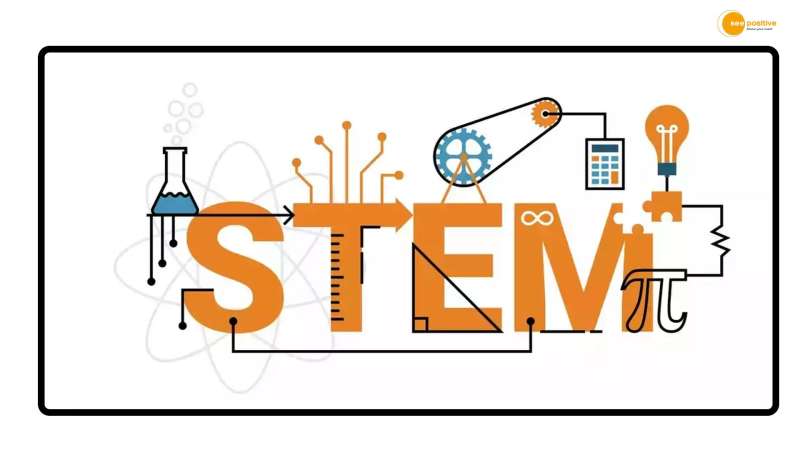

Technology has transformed many aspects of modern society, including education. In particular, technology has played a significant role in enhancing the learning of STEM subjects (science, technology, engineering, and mathematics). Here are the ways in which technology has contributed to STEM education and how it has made it more accessible, engaging, and effective.
Interactive Learning through Simulations and Games
Technology has enabled educators to provide students with interactive learning experiences that go beyond traditional lectures and textbook readings. Simulations and games allow students to visualize and manipulate concepts, making them more memorable and easier to understand. For example, virtual laboratory simulations enable students to conduct experiments and observe phenomena in a controlled and safe environment. Educational games can also motivate students to learn by providing a fun and challenging experience.
Access to Online Resources
Technology has also made it possible for students to access a wealth of online resources related to STEM education. Online courses, tutorials, and video lectures allow students to learn at their own pace and from anywhere with an internet connection. Online forums and communities also provide opportunities for students to collaborate with peers and experts in the field, enabling them to expand their knowledge and engage in discussions with like-minded individuals.
Personalized Learning and Adaptive Assessments
Technology has made it easier for educators to provide personalized learning experiences that cater to individual student needs. Adaptive learning technologies use algorithms to analyze student performance data and adjust the difficulty and pace of instruction accordingly. This ensures that students receive the right level of challenge and support, maximizing their learning outcomes. Similarly, adaptive assessments enable educators to assess student progress and adjust their teaching strategies in real-time.
Augmented Reality and Virtual Reality
Augmented reality (AR) and virtual reality (VR) technologies have the potential to transform the way STEM subjects are taught. AR overlays digital content onto the real world, while VR immerses students in a fully digital environment. Both technologies provide opportunities for students to visualize complex concepts and engage with them in a more interactive and engaging way.
Conclusion
Technology has revolutionized the way STEM subjects are taught and learned. Interactive learning experiences, access to online resources, personalized learning, and AR/VR technologies have made STEM education more engaging, accessible, and effective. As technology continues to evolve, we can expect to see even more innovative and effective ways of teaching and learning STEM subjects.


